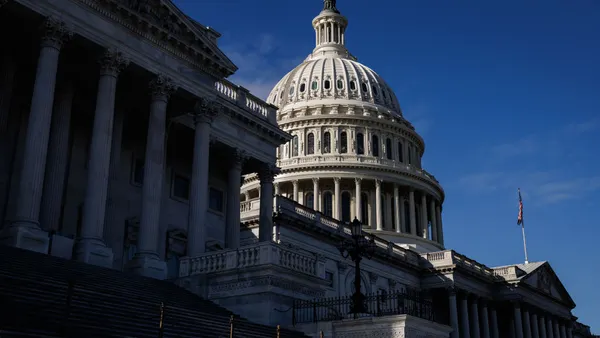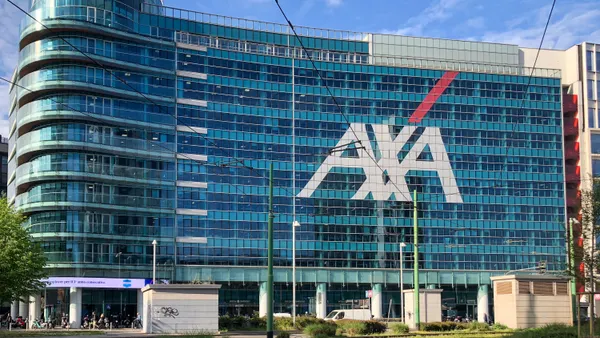Dive Brief:
- Most companies are concerned about a prolonged economic downturn, according to Spiceworks Ziff Davis survey of more than 1,400 IT professionals, and half expect budget cuts heading into 2023.
- Despite belt-tightening, IT spending is expected to remain strong. A majority of companies plan to increase tech budgets and only 6% are looking to trim spending on tech, according to the survey, which was conducted in June.
- “In hard economic times, you would expect companies to pull back and you would expect those pullbacks to include IT,” said Peter Tsai, senior technology analyst at Spiceworks Ziff Davis. “The big surprise is that spending on IT is expected to increase even among companies that are actively cutting back elsewhere to prepare for a recession.”
Dive Insight:
With annual inflation holding steady at around 8%, interest rates rising and the overall economy as measured by GDP contracting, companies are preparing for recession. Yet, the outlook is not as bleak as it could be.
Most companies — nearly 3 in 5 — expect revenue to increase in 2023. Only 1 in 10 are predicting shortfalls, according to the report.
Belts are nonetheless tightening.
Reductions in enterprisewide nonessential spending are on the horizon, and many companies will reevaluate vendor contracts, decommission outdated and redundant infrastructure, delay tech purchases and cut back on hiring in order to reduce budgets, according to the report.
Tech leaders are still grappling with a talent crunch, so hiring is unlikely to contract. Nearly one-third of IT departments plan to hire additional tech staff in 2023, down slightly from two-fifths this year.
To offset the hiring slowdown, companies will increase spending on cloud-based and on-prem managed tech services, Tsai said.
“The theory is that businesses have modernized on-prem infrastructure to support cloud.” Tsai said. “Now, because of the skills gap, a lot of these companies are outsourcing the management of their infrastructure, business applications and even cybersecurity.”
Cloud investment, which comprised 26% of overall IT budgets in 2022, will continue to grow at the slower rate of 23% in 2023.
The slight decrease may be deceiving, according to SWZD’s analysis.
“Companies are moving workloads back and forth between on-prem and cloud,” Tsai said. “To do that, you have to upgrade to cloud-compatible software that isn’t going to run on ancient hardware. So, you need to update your hardware, too.”
Inflation accounts for some of the IT spend uptick, but this factor ranks below infrastructure upgrades, increased priority on IT projects, employee growth and increased security concerns.
Companies — even those that are trimming budgets — are doubling down on technology as a hedge against economic instability.
“If you’re cutting back anywhere else within your business, you’re actually more likely to increase your IT budget,” Tsai said. “In fact, it seems like they’re cutting back in other areas so that they can increase IT spending.”















